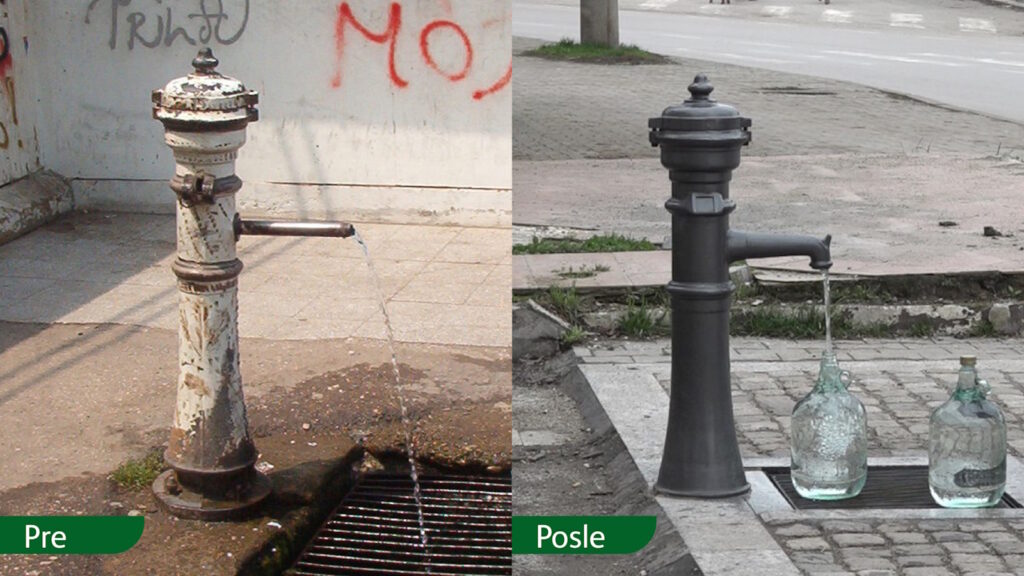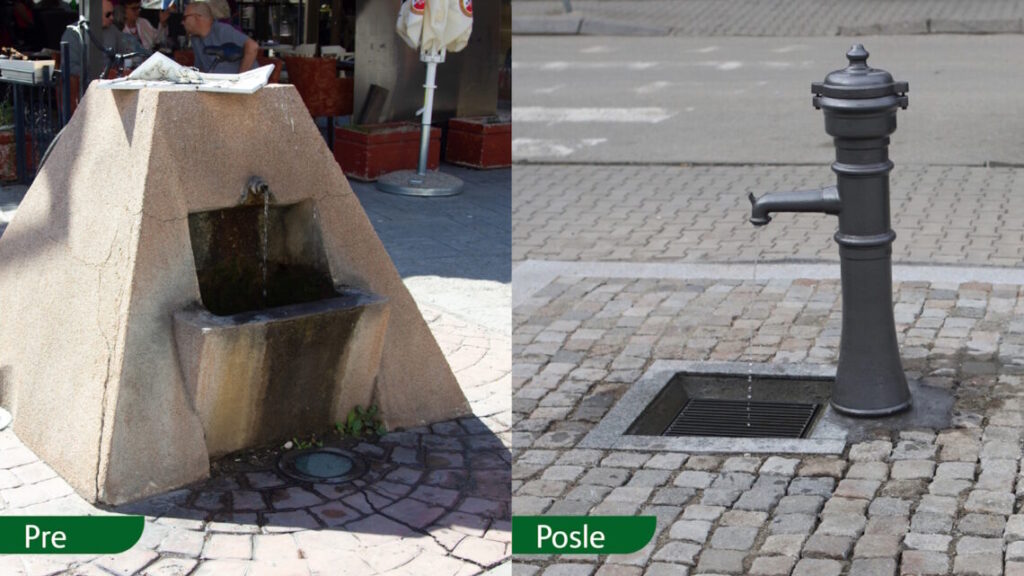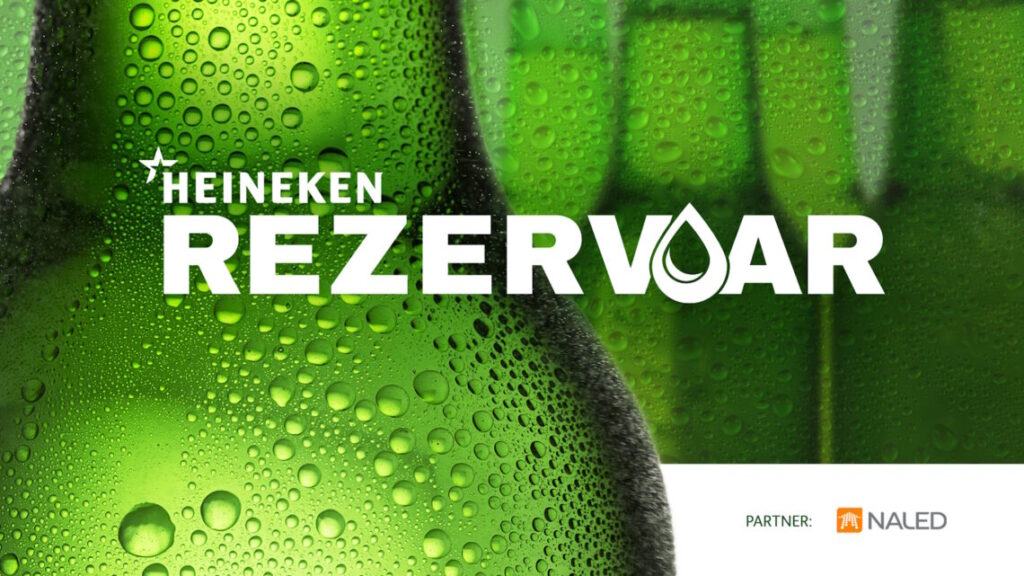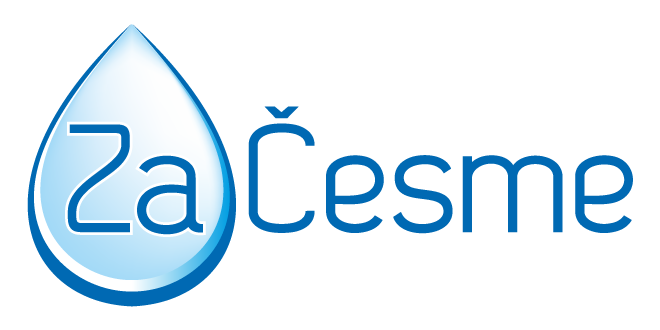
22/04/2024
Project RESERVOIR: Three Artesian Fountains Restored in Zaječar
HEINEKEN Serbia, NALED, together with the Association “Za Drinking Fountains,” and the City of Zaječar, have renovated three artesian fountains in this city as part of the national project RESERVOIR. In addition to the renovation and revitalization of the artesian fountains, which are symbols of Zaječar, the goals of the RESERVOIR project include raising awareness about the importance of preserving and recovering natural water resources, improving access to clean drinking water for citizens, wastewater treatment, education, student visits to company breweries, and conducting numerous volunteer actions for employees.
The renovated fountains include the “Two Brothers” Fountain, including the revitalization and cleaning of the artesian well, the Fountain in Krfska street, and the Fountain in Čupićeva street. Each of these fountains, whose natural drinking water comes from depths of several hundred meters, including previously restored fountains in Liberation Square and the Kraljevica suburb, has a QR code and an information board, allowing citizens and visitors of Zaječar to learn numerous interesting facts and details about their history and surroundings.


The successful collaboration with the Association “Za Drinking Fountains” continues, and according to the president of the Association, Boban Pogarčić, the restored fountains have become a new tourist symbol of the city on the Black Timok River.
“Over the past four months, for the restoration and reconstruction of three fountains, we first prepared complete project documentation. We then removed the old, damaged above-ground parts of the fountains and reconstructed and cast identical replicas of the iron fountains from the time of the creation of the artesian wells, which we placed at their original locations. After that, the immediate surroundings of each fountain were paved, and then we designed, constructed, and installed information and QR code boards on each fountain, and created content for dedicated web pages for each of them. Thus, on the zacesme.rs website, besides information about water quality and well depth, there are also data on the history of the fountain and the part of the city where it is located, with important buildings and institutions in the immediate vicinity indicated. In this way, we position public artesian fountains as a new tourist product of Zaječar and as an important cultural and historical heritage of our city,” concludes Pogarčić.

The national project RESERVOIR continues with new planned activities of great significance in Zaječar and Novi Sad, which will help in creating a better world for all of us by raising public awareness about the importance, preservation, and restoration of natural resources.
A short film has been made about the restoration of artesian wells and their significance to the citizens of Zaječar, along with a history of the wells, which you can watch below.
Source: Zamedia


